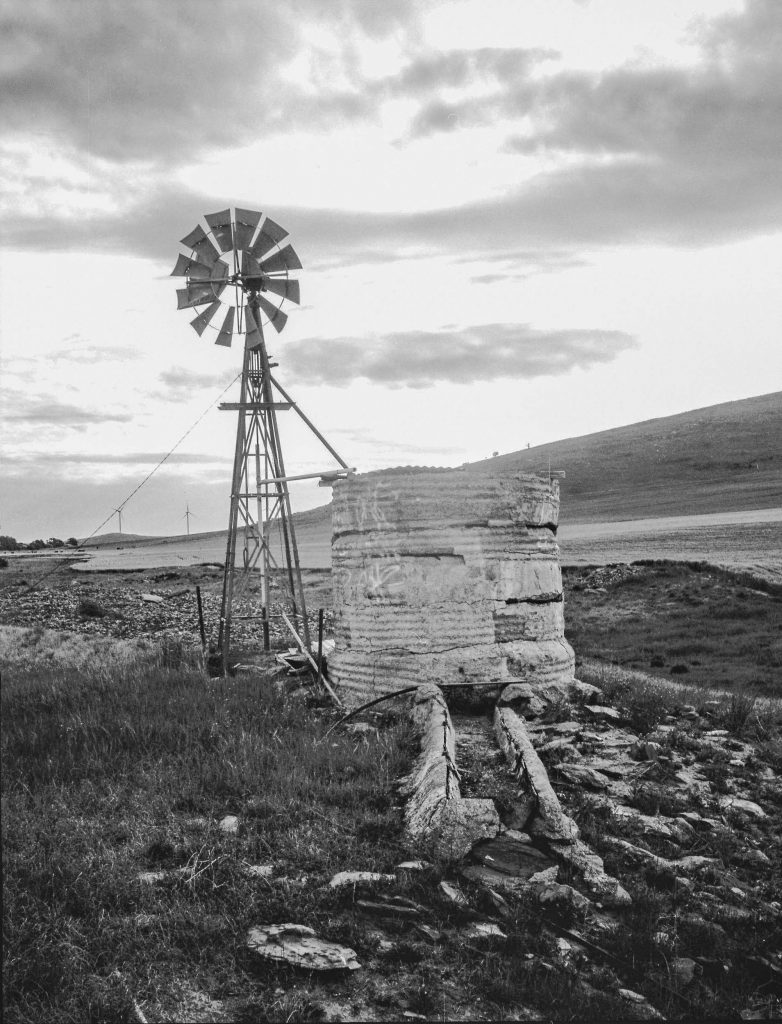I recall that there was no Australian photographer providing a point of reference for this kind of photography. Landscape stood for traditionalism, conservatism, nostalgia and national identity at a time when, painting returned in the form of neo-expressionism, an international postmodernism was culturally hegemonic in the art institutions, the global art market and Biennales were seen as a spectacle and the commodification of art recuperated aura.
The cold war had ended, free markets ruled, artistic legitimacy was still determined by the institutional and academic networks in Europe and North America, and Sydney and Melbourne remained the art centres with Adelaide on the periphery. Jean Baudrillard’s theory of simulacrum was popular in the art world: it held that real has been replaced by simulations. Baudrillard’s simulacrum eradicates all reality: the real is not distorted or hidden as in a false representation of reality (ideology); it is no longer even possible to identify anything as ‘real’.
The only American photographer whose work I related to at the time was Robert Adams. His photographs were focused on the changing landscape of the American West, as well as the prairie country, which was similar country to parts of South Australia. My other photographic point of reference was two English photographers, namely Fay Goodwin’s Land and John Davis’ A Green and Pleasant Land; both books being published in the 1980s. These books were reference points for me because one part of the 19th settler colonist project was to transform South Australia into an England.
What’s more, these three photographers were not concerned with form for its own sake; their photographic approach was to objectively represent the land, rather than seeing the landscape as an equivalent for their own subjectivity; and both were concerned with a historical layering of the landscape. This allowed for a rift between reality on the one hand and images on the other.

In relation to England settler Australia historically saw itself as land of sunshine, youthful energy, optimism and golden summers. The sunlit landscape was held to be a land of opportunity, promise, and pastoral richness. This ideology of progress involved a forgetting of what the land once was; the historically formed agricultural landscape of settler Australia was seen as natural and unchanging. The present order is naturalised and there is silence about the historical trauma of the violence of the colonial settlement towards aboriginal people.
In response we needed to think historically in photographing the landscape–to explore the capacity to remember–as a potential for resistance to the white settler’s history of Australia being reworked in the positive or affirmative images of the culture/entertainment industry in capitalist modernity. The terrain is art, remembrance and history.
2 Responses
CHRIS Hollywood
I own 75 acres of that land adjacent to niblets gap. If you ever want access phone me on 0418842539. Chris Hollywood
agricultural landscapes - The Bowden Archives and Industrial Modernity
[…] The location of the image below is the Koonoona Rd on the plains just south of the Tothill Range. It is close to Huppatz Hut on the Heysen Trail, where the trail turns east to cross the Ranges and winds via World’s End to Burra. The picture was made whilst on this roadtrip. […]